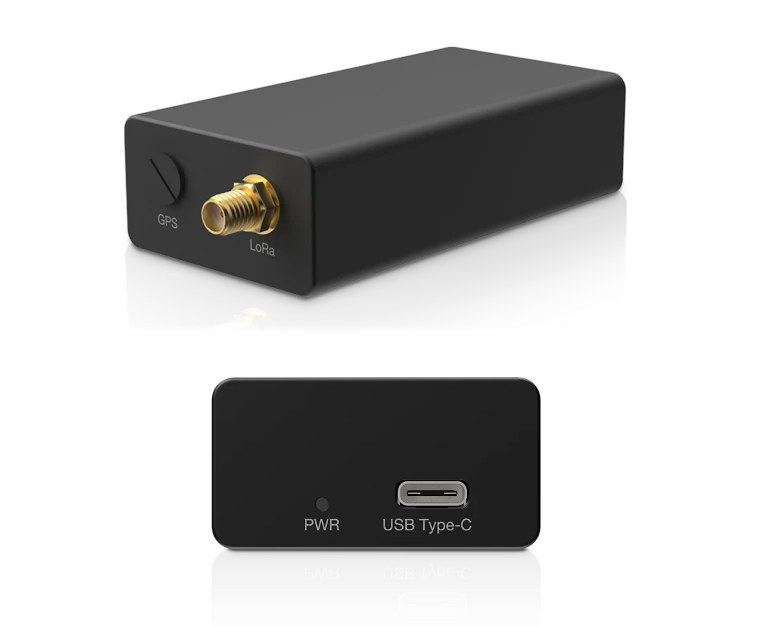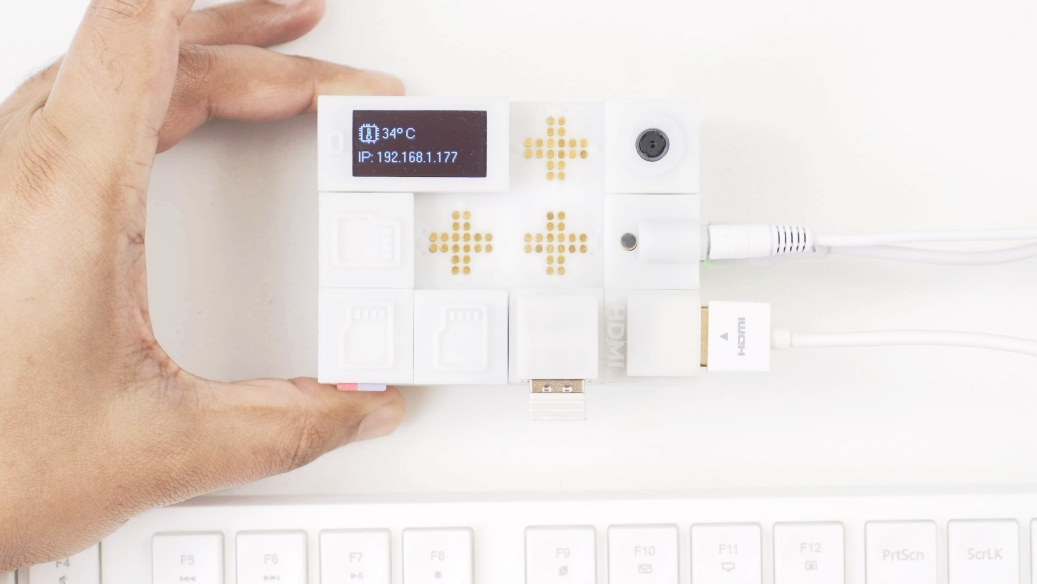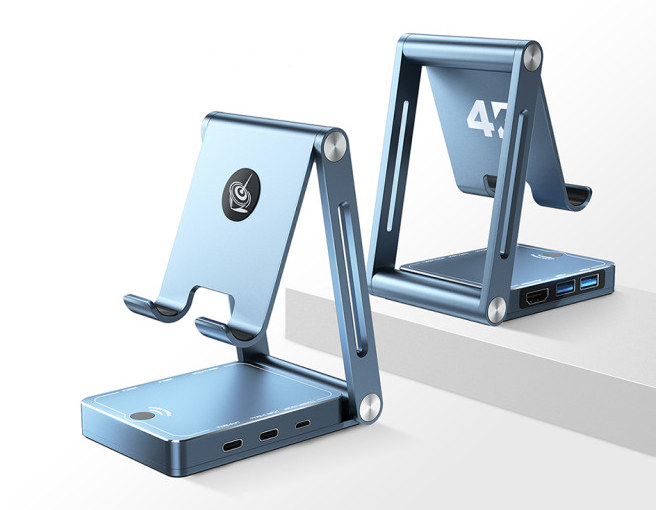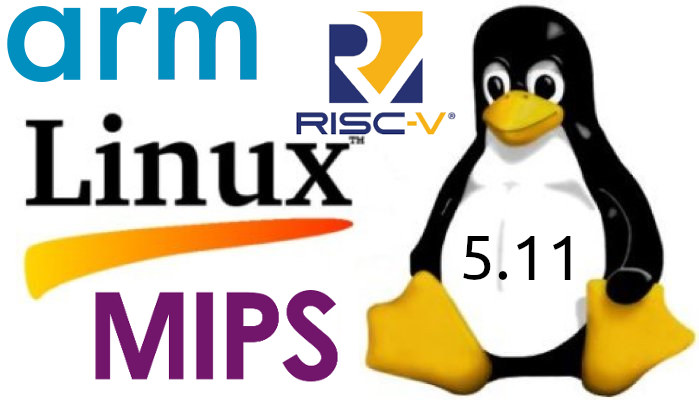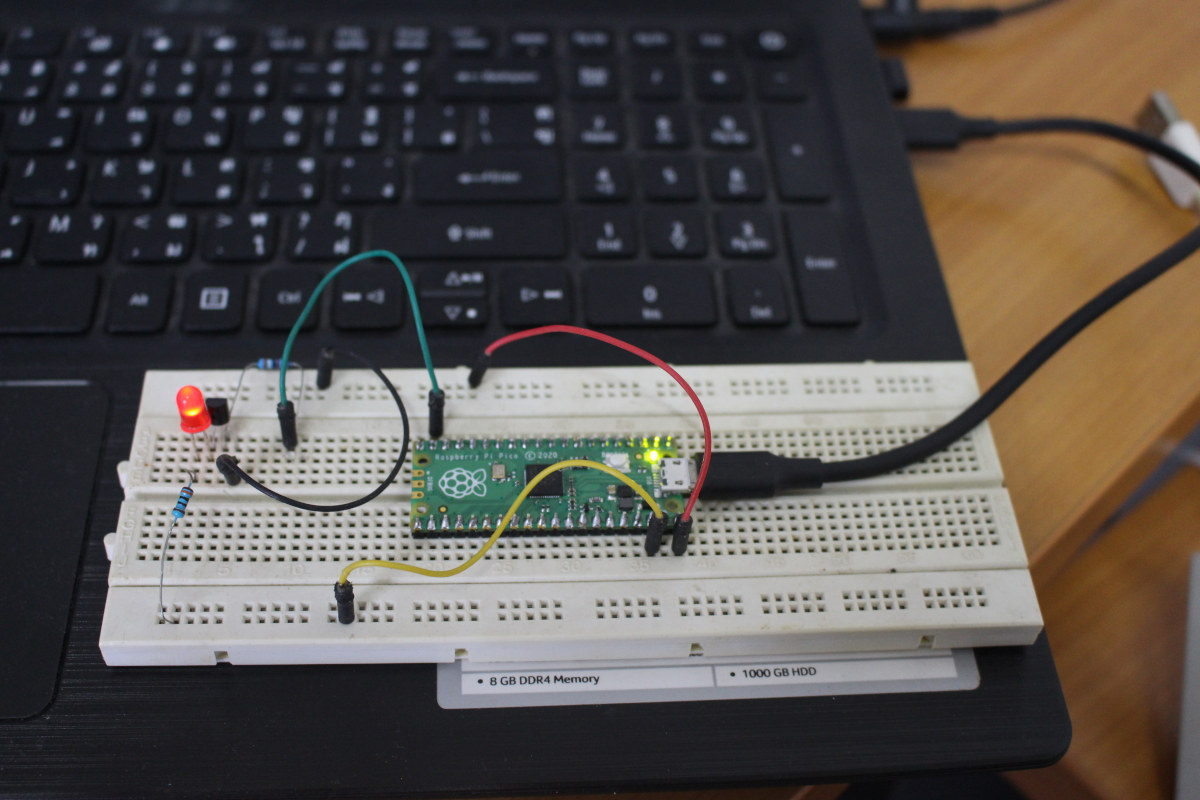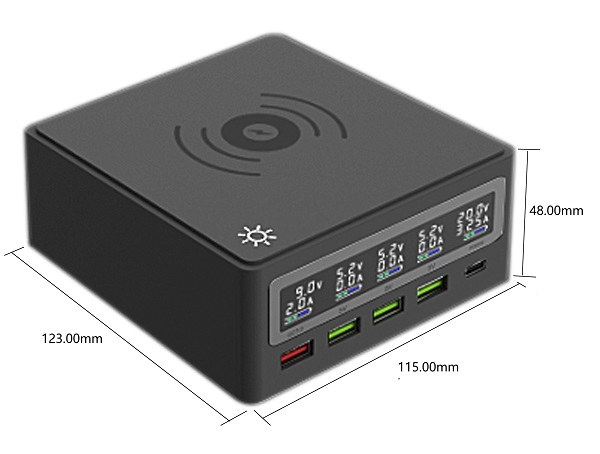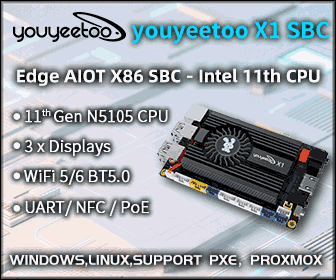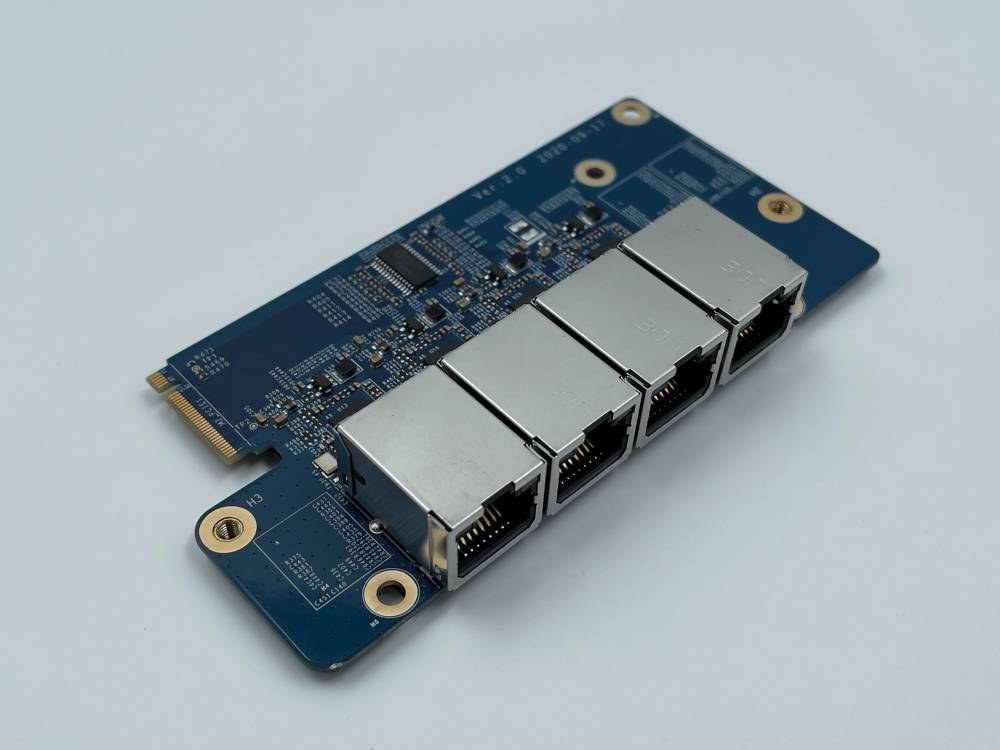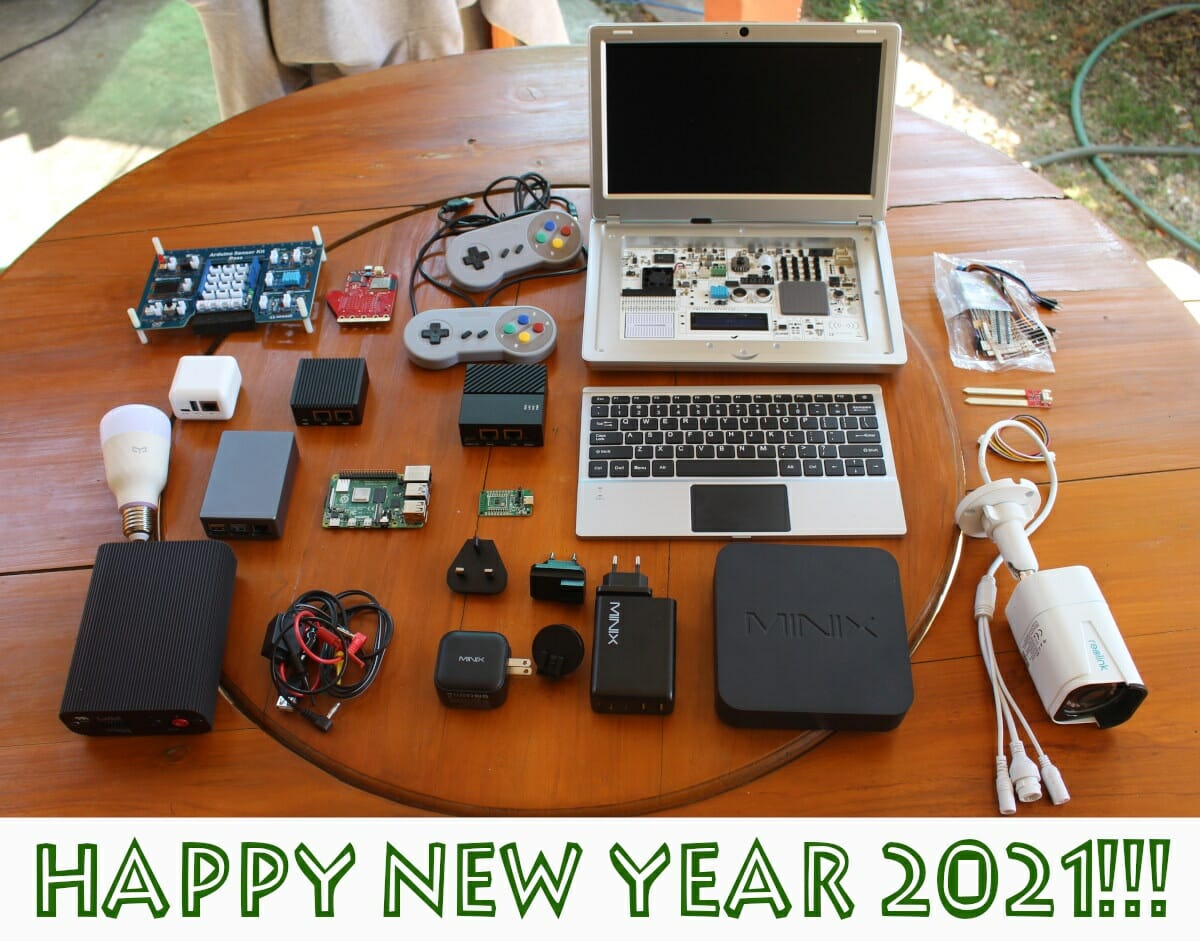Check LoRaWAN deployments on the go with WisGate Developer Base USB dongle
RAKWireless just had their “Big Tech Bloom” event services they announced many new LPWAN products ranging from WisDM fleet management system, OpenWrt based Wisgate OS, new industrial LoRaWAN gateways like WisGate Edge Lite 2, their first STM32WL module, as well as 9 new modules for WisBlock modular IoT platform with MIC, e-Paper display, GPS, an ESP32 based WisBlock core, etc… But today, I’ll have a look at the new $99 WisGate Developer Base, a USB dongle that connects to a laptop for LoRaWAN networks evaluation, for example, to check the coverage before installing a new gateway. Alternatively, it could also be used to add LoRaWAN gateway capability to existing embedded hardware like routers or industrial PCs. Two variants of the WisGate Developer Base are available – RAK7271 & RAK7371 – with the following specifications: Concentrator modules RAK7271 – RAK2287 SX1302 based mini PCIe concentrator module RAK7371 – RAK5146 SX1303 based […]


